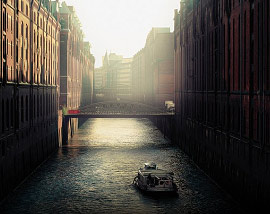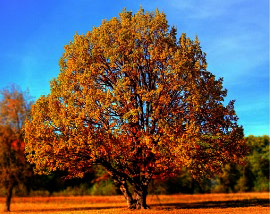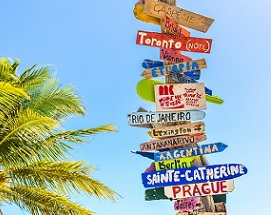Hungary is rapidly becoming a tourist hotspot for travellers from around the world – with good reason, too. The country offers the right balance of old-world charm and modern-day buzz, serving up unique experiences that span across history, cuisine, art, architecture and so much more. If you’re curious about this central European nation and want to learn more about Hungary tourism, you’re in luck – we’ve got the round-up of everything you need to know.
Hungary Geography
Located in central Europe, Hungary shares its borders with Slovakia, Ukraine, Austria, Romania, Serbia, Croatia and Slovenia. The capital city of Hungary is Budapest – it is also the largest city in the nation and a popular city to visit when it comes to Hungary tourism. The two rivers than run through the nation – the Danube and the Tisza rivers – are defining geographical features of the country. In addition, Hungary is rich in nature with ten major national parks, over one hundred smaller nature reserves and a number of environment protection areas as well.
Hungary is also known for Transdanubia, the hilly region of the country which features the eastern part of the Alps, the Transdanubia Mountains, the Mecsek Mountains and the Villany mountains. This region is rich in nature, lush in greenery and home to the largest lake in central Europe, Lake Hévíz.
Climate in Hungary
Hungary enjoys a ‘continental’ climate, where the summers are warm, and the winters are cold. Summer runs from June to August and is usually very warm and sunny with temperatures peaking in the second half of the season. In sharp contrast, Hungarian winters run from December to February and are grey, rainy and foggy. Snowfall is very common during this season as well so make sure to carry a warm jacket if you’re travelling to Hungary during this time. While the cold weather makes winter the off-season for Hungary tourism, it is a great time to visit to capture scenic photographs of the country’s natural sights or participate in traditional festivals like Christmas with the locals.
The pleasant climate during the springtime in Hungary, which runs from March to May, makes it a great time to visit the country. As temperatures start to warm up in mid-April, you can enjoy a little bit of sunshine without the crowds and inflated prices that accompany the peak season of summer. Autumn runs from September through to November – and if you visit at the beginning of this shoulder season, you can enjoy the last of the summertime warmth before the weather turns cooler.










.webp)